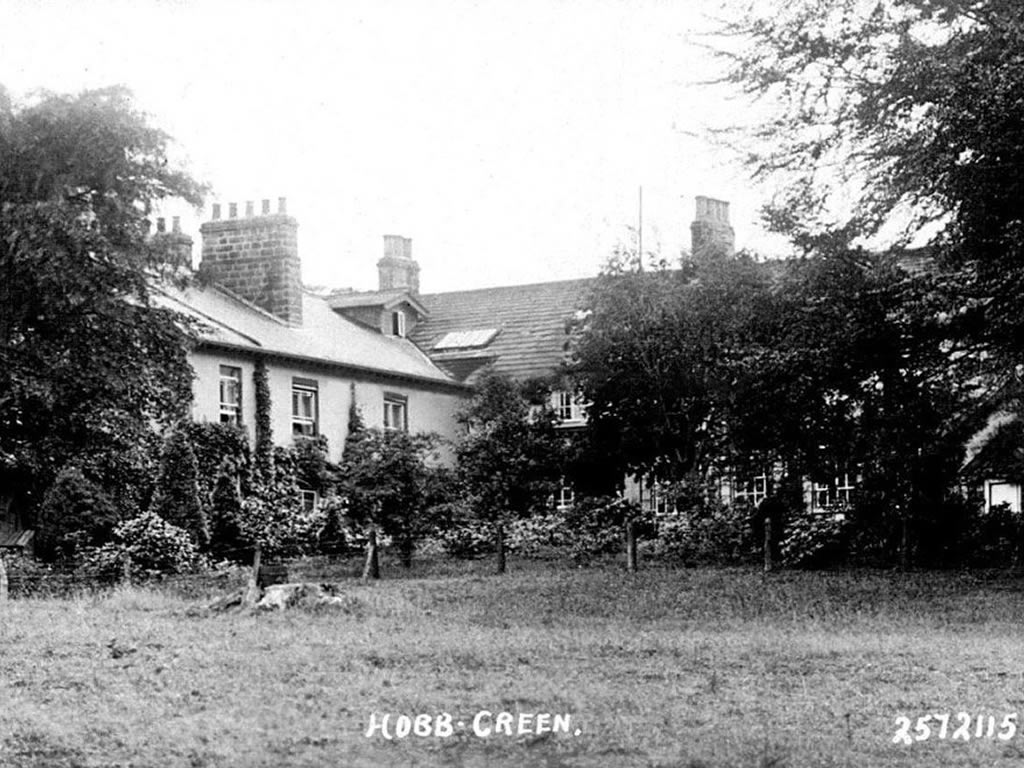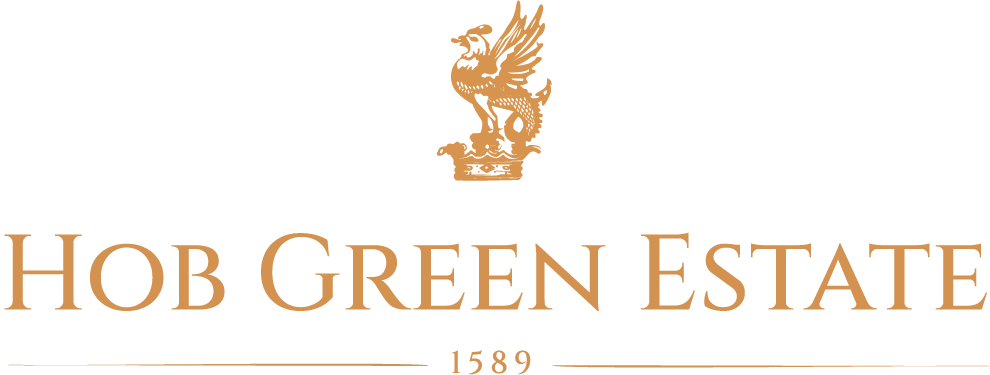The Hutchinson Family 1933 to the present day
The Hutchinson family trace their roots to Alston in Cumbria, where they had lead mining and farming interests. William Hutchinson and his nephew Teasdale Hutchinson moved to Pateley Bridge in the late 1790s to prospect for lead around Greenhow Hill. Teasdale Hutchinson built Grassfield House in Pateley Bridge in 1810 and lived there until he died in 1845. His son Hanley took over the lead mining interests. The family were mainly involved in the Cockhill-Sunside mines but took shares in other mines around the area. They also had a lead rolling mill in Pateley Bridge. Hanley lived at Grassfield House until moving to Ripon in 1884.
Hanley’s son William qualified as a solicitor in 1876 and practised in Ripon. William Hutchinson had two sons, Hanley and Charles. Hanley qualified as a solicitor and joined his father in 1914 but was killed in France during the First World War. In 1919 William Hutchinson joined up with Robert Buchanan to form the partnership of Hutchinson & Buchanan. Charles Hutchinson also qualified as a solicitor and joined his father in the firm in 1926. He married Mary Cheston in April 1932 and in February 1933 they had a son Michael.
In need of a home for his wife and new son, Charles took a 10 year lease of Hob Green in 1933. He also took a lease of the sporting rights over the Hob Green estate. The lease of the sporting rights was to start on 1 February 1933 and the lease of the house was to start on 1 May 1933. Does this suggest that the shooting was more important than having a house to live in! Certainly shooting was a lifelong passion for Charles Hutchinson. The lease was later extended to a 15 year term.
The lease describes the property as “the capital mansion house called Hob Green, Markington with the out-offices stables coach houses kitchen gardens and grounds vinery hothouses and other appurtenances”. The lease included the chauffeur’s cottage and the gardener’s cottage. There was an obligation on the tenant to “keep the gardens and hothouses properly stocked planted cleaned and preserved, to keep the glass in the hothouses in good repair and well and sufficiently to preserve all plants shrubs fruit trees and other trees now growing in the gardens and hothouses”. The basic layout of the garden was the same as it is today, the last major feature of the garden, the Long Border, having been added around 1900. The main greenhouse is still standing although the height and the width were reduced a number of years ago. Large cast-iron pipes from the boiler in the house heated the greenhouse. There were further greenhouses, now demolished, at the far end of the kitchen garden. If there was a vine when Charles Hutchinson took over, it is no longer growing today.

Hob Green – 50 years ago
It may be the case that Charles had some work to do to get the garden into a good state of cultivation. Photographs from 1934 show the long border only sparsely planted and the soil appears very stony. However, from a photograph of 1937 the long border has matured with a fine example of Echinops showing prominently.
On taking the lease of Hob Green the property had its own generator to provide electricity. In 1934 Charles Hutchinson arranged for a mains supply to be provided, paying the yearly sum of £38 for the privilege of the connection and 3 1/2d a unit for all electricity supplied. The property was not connected to mains water but had its own private borehole.
During the Second World War the house was requisitioned by the army, and Charles and Mary moved back to the family house in Ripon. In order to keep the gardens going Charles entered into an agreement with the Ripon Spa Hotel Limited that for a rent of £6 pounds they would lease the “fruit, vegetable and flower garden situated Hob Green, Markington together with the 3 acre field now occupied and used for vegetable production”. The tenant was to employ at least one full time gardener and was to be entitled to the production from all fruit trees, vegetables and plants and stocks of seeds. The tenant was to have use of all tools and garden implements but if these were lost or broken or irreparably worn out they were to be replaced by the tenant. Not knowing how long the war may continue, the lease was for an initial period of one year with an option for a further year.
In April 1945 Charles and Mary had a daughter, Virginia. The family with their new addition, returned to live at Hob Green after the war.
In 1948, on expiry of the original lease, Charles negotiated to purchase the house together with the rest of the Hob Green estate. The estate by then comprised approximately 1250 acres split into twelve farms, woodlands, a public house and a joiners shop in addition to the main house, gardens and cottages. Four of the farms were immediately sold to their respective occupiers as well as the public house and the joiners shop. Charles Hutchinson purchased the rest of the estate extending to 905 acres for the sum of £28,900.
A valuation of the property carried out in 1948 describes Hob Green as ‘a detached stone built residence with a Westmorland slate roof and is of very considerable charm. The condition of maintenance both outside and within reflects heavy capital expenditure. The size and design is such as to obviate inconvenience and cost in running and there is no doubt that these facts, combined with the beauty of its situation and outlook, would command a very ready sale on the open market.” The valuation continues with a description of the main rooms in the house making note of the “exceptionally comfortable staff quarters and bedrooms with bathroom and sanitary accommodation”, no doubt something for Charles to fall back on if ever in dispute with his staff! The gardens and grounds are described as being “of outstanding character and consist of some 2 acres of well designed and heavily stocked flower and kitchen gardens with two tennis lawns and adequate glass (heated). Also two paddocks.” In total an area with the house of just over 8 acres. The use of the word “adequate” seems to imply that a minimum amount of greenhouses were still expected with a property of this type in 1948.
To be continued…
By Andrew Hutchinson



